COMMANDING GENERAL MARINE CORPS RECRUIT DEPOT/ EASTERN RECRUITING REGION PARRIS ISLAND,
SOUTH CAROLINA 29905-5001
7 December 1992
Dear Mr. Marquis,
Thank you for your donation of the Viet Cong Punji Spike Booby Trap. Your donation is a welcome addition to our collection and has been accessioned as 1992.34.1 OR.
Your donation is a welcome addition to our collection and has been accessioned as 1992.34.1 OR.
In order to couplete our records on your gift, we would appreciate it if you would please return one signed copy of the enclosed Deed of Gift in the envelope provided.
Your continued support of the Marine Corps' historical program at Parris Island is appreciated. Again, thank you for your generosity and for your interest in Marine Corps History.
Again, thank you for your generosity and for your interest in Marine Corps History.
PNE A: D
Major General, U. S. Marine Corps
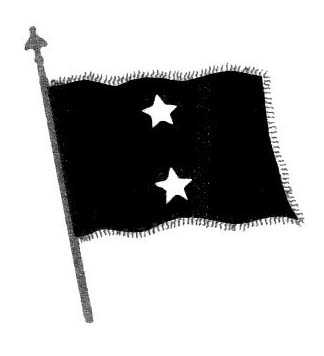
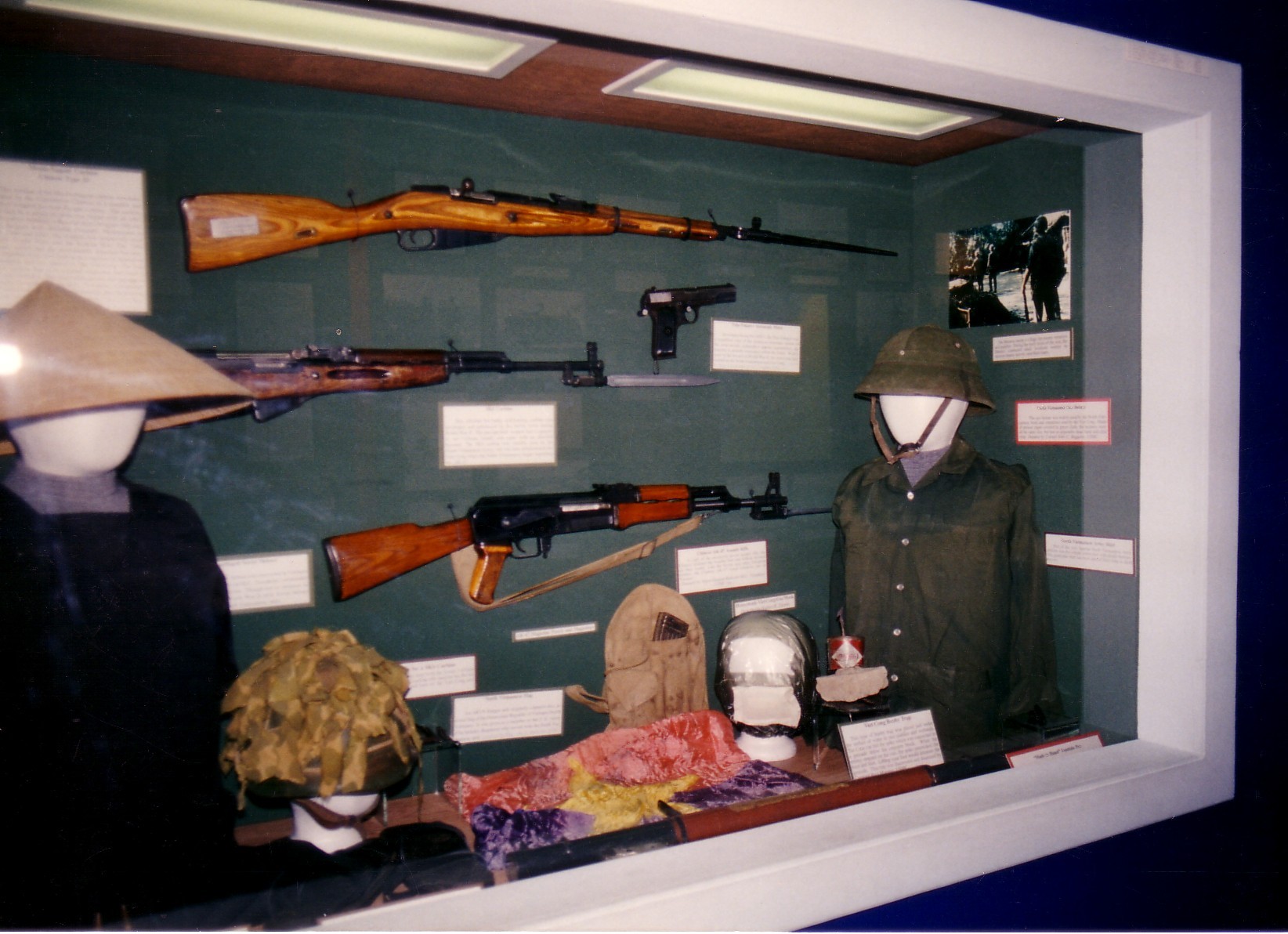
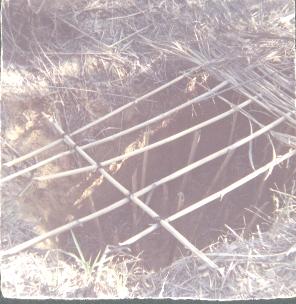
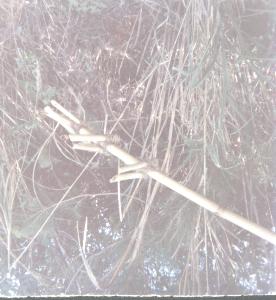
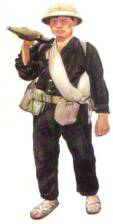
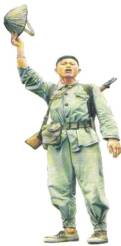
Viet Cong "VC"
"Charlie"
North Vietnamese Army "NVA"
We No like fight Malines
they to tough.
Viet Cong Punji Spike Pit
Viet Cong Malayan Gate "Bamboo Whip"
Display window at Parris Island
South Carolina Museum
Shown below, copy of letter from the Commanding General Marine Corps Recruit Depot, Parris Island.
Photo Submitted by Roy Fleck
Mines and booby traps were favorite devices of the VC/NVA. Grenades, spike traps, AP and AT mines and a variety of other means were employed to harass, slow down, confuse, and kill friendly forces. The forms of these weapons are limited only by the imagination of the designer.
Your best defense against mines and booby traps was...
Alertness & Caution
A bamboo whip is a piece of bamboo 1 to several meters long. A trip wire is used to bend the bamboo Like a cross bow. One end of the bamboo is mounted with spikes. When a man hits the wire, the curved bamboo will strike him in the leg or stomach. Generally, the victim is hit suddenly and can not take time to defend himself. Camouflage of the whip is difficult because of the length of the bamboo.
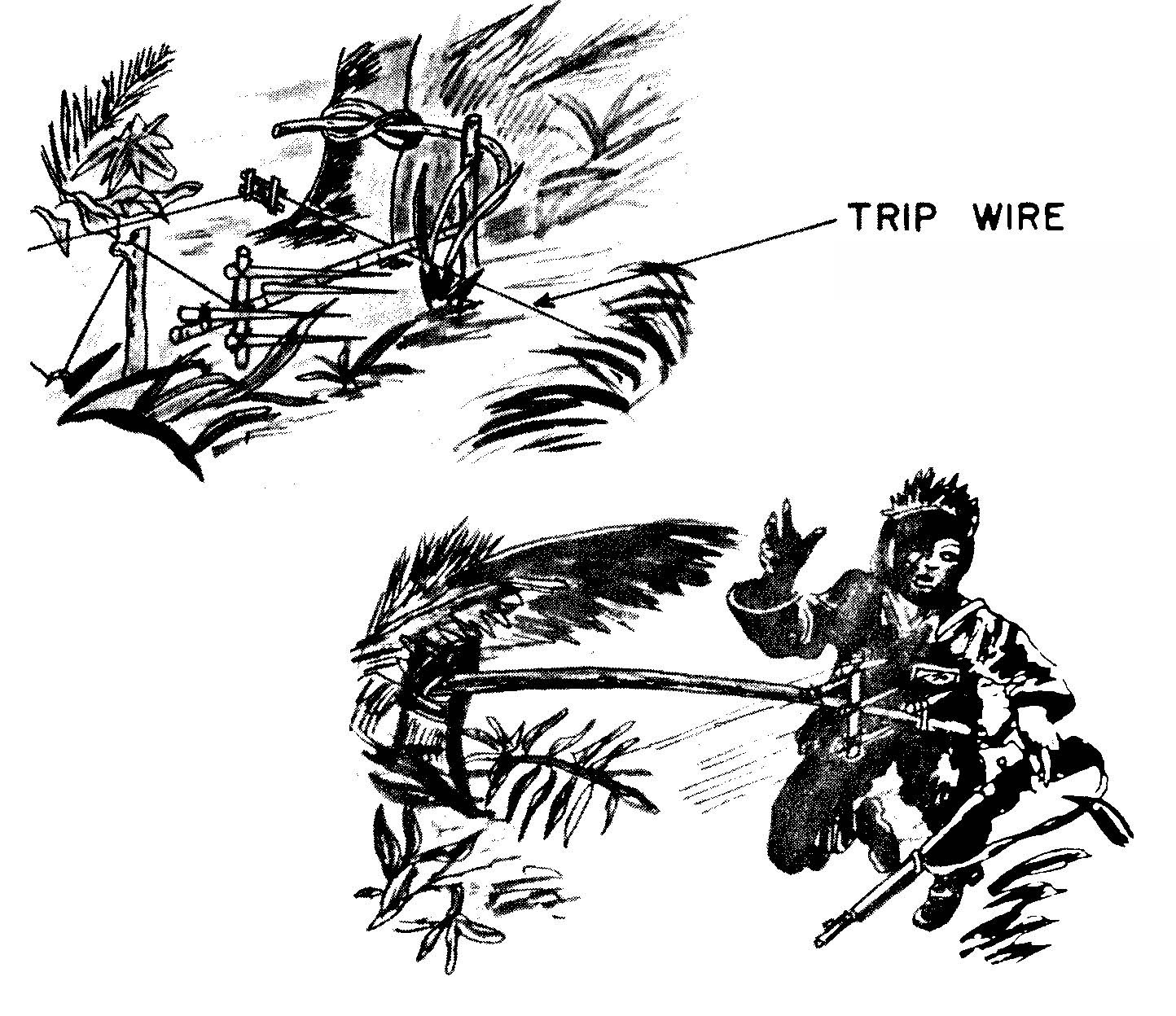
Illustration by Paul Marquis
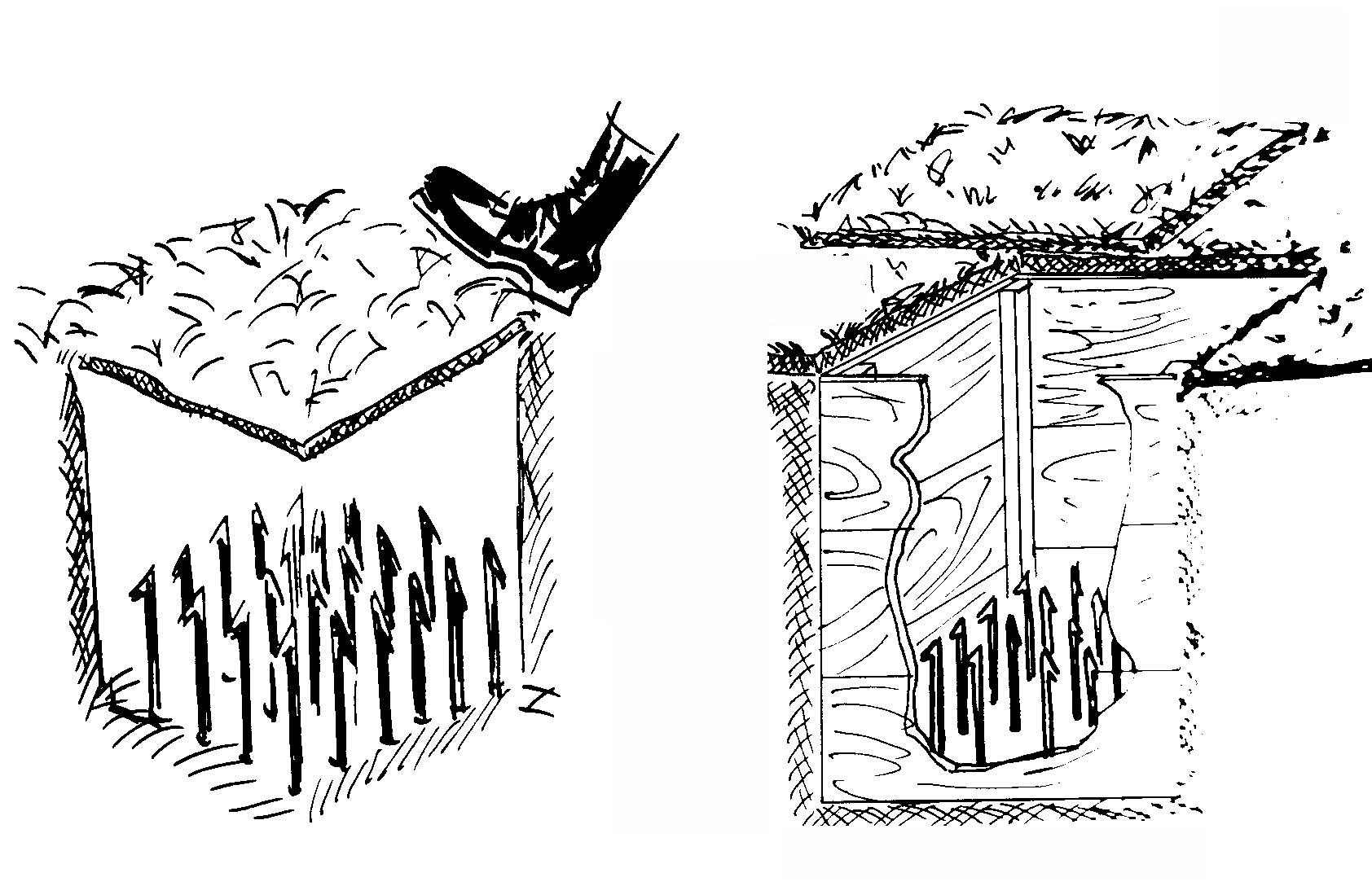
When a man falls into the Punji Pit, he will be injured by the pointed
bamboo stakes which will cut his thights and hips, or stab him through
the back, often these spikes are connected to a handgranade,
designed to explode when the man is pulled out of the pit.
Illustration by Paul Marquis
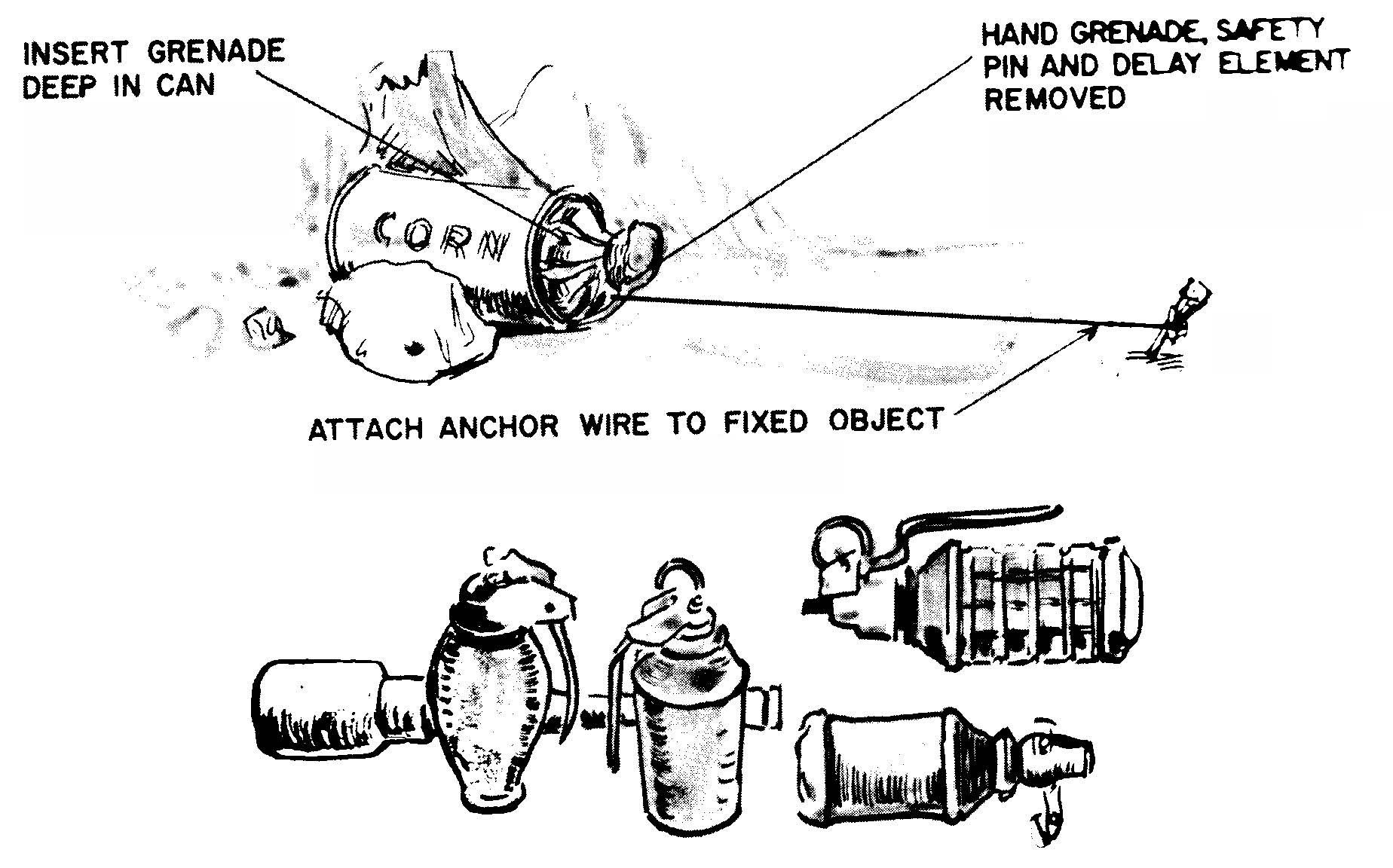
CAPTURED WEAPONS, UNIFORMS
NVA FLAG & BOOBY TRAP LOWER
RIGHT CORNER OF DISPLAY WINDOW
(SEE PHOTO ABOVE FOR CLOSE UP VIEW)
There are several methods of employing grenades as boobytraps. The more common ones used are given here, but the employment of this type of boobytrap is limited only to the users
ingenuity and materials at hand.
The illustration shows some typical grenades used and one of the most common devices. A grenade is placed in a can, the safety pin is removed and a trip wire is attached to the grenade. When the victim hits the trip wire, the grenade is pulled from the can and explodes. Normally a zero time delay fuze is used.
Another common method is to weight the lever of a grenade with some object and pull the safety pin. When the victim picks up the object the grenade explodes.
Tying a wire to the pull ring on a grenade and securing the grenade to an object is also used. When the victim hits the wire, the ring is pulled and the grenade explodes.
These traps are laid on both sides of routes that troops are likely to use. They have also been placed in hen's nest, bunches of bananas, low hanging coconut palms, orange trees, under boxes, tied to tree trunks, and at both ends of a foot bridge. In the last case the hand rail can be rigged to trip the wire exploding the grenade.
GRANADE TRAPS
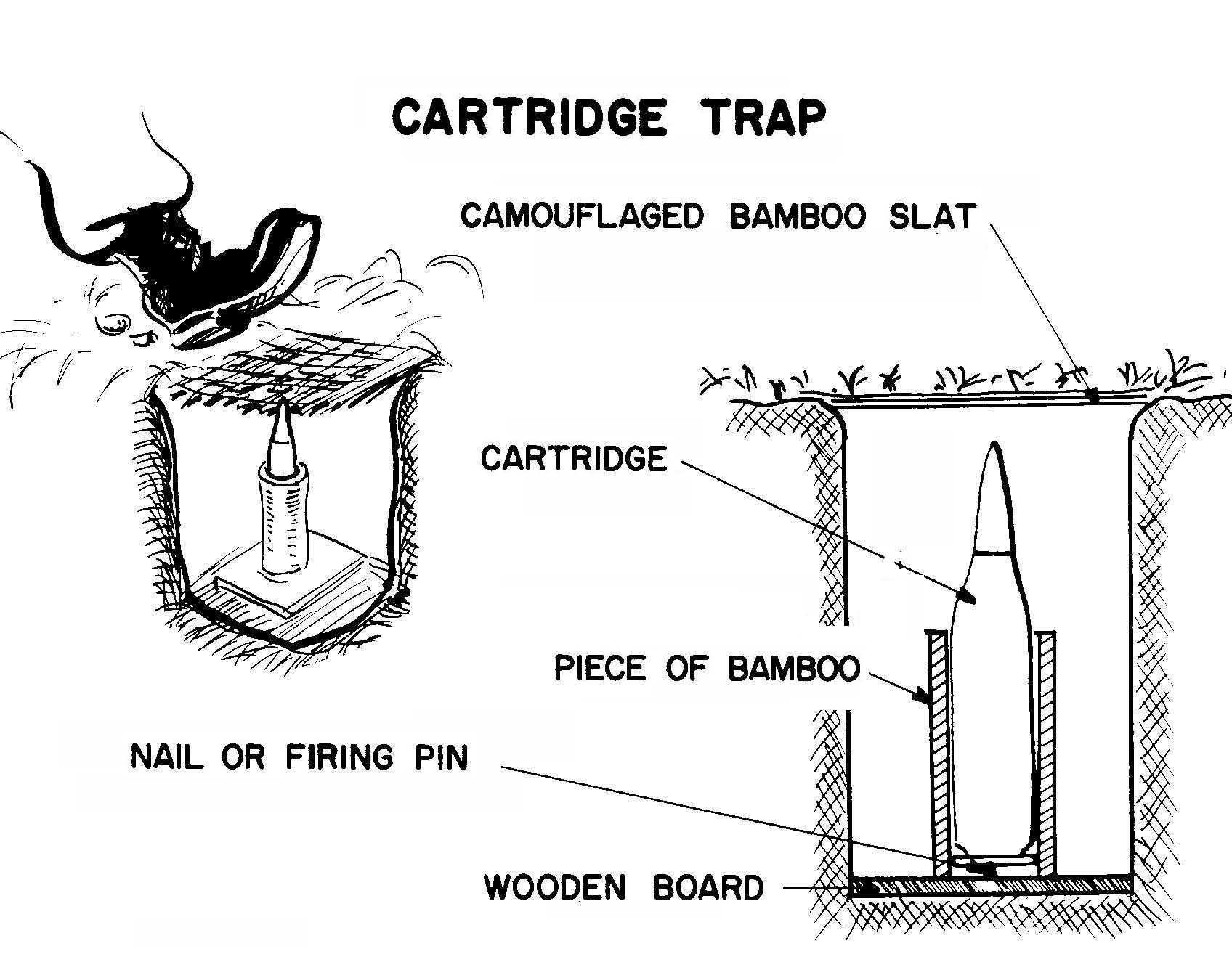
Illustration by Paul Marquis
CARTRIDGE TRAP
This trap consists of a piece of bamboo and a cartridge. A nail is driven into the bamboo about 2" from the bottom to act as a firing pin. A piece of wood is fastened to the piece of bamboo to hold the nail. The cartridge will protrude 2" from the bamboo. The primer of the cartridge is right above the head of the nail. When a man steps on this trap, the cartridge will hit against the nail, explode, and hit him. This trap is generally installed in the ground on the shoulder of a road and along paths.
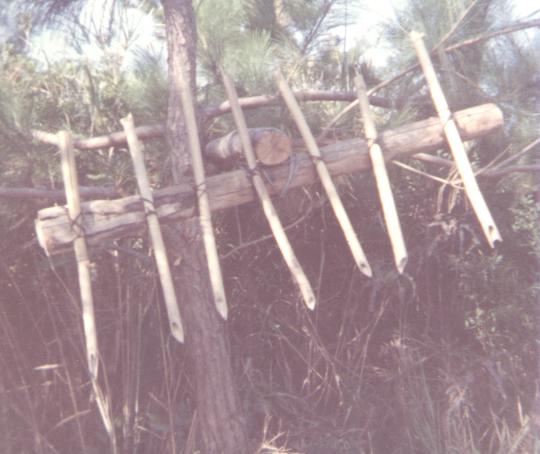
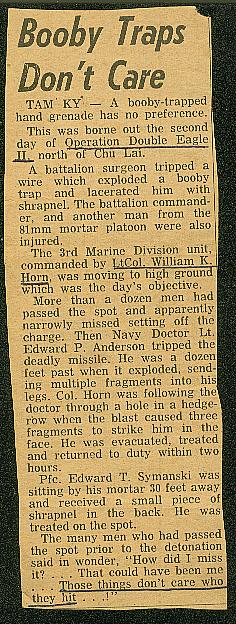
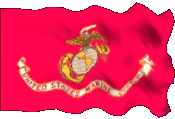
Display window at Parris Island
South Carolina Museum
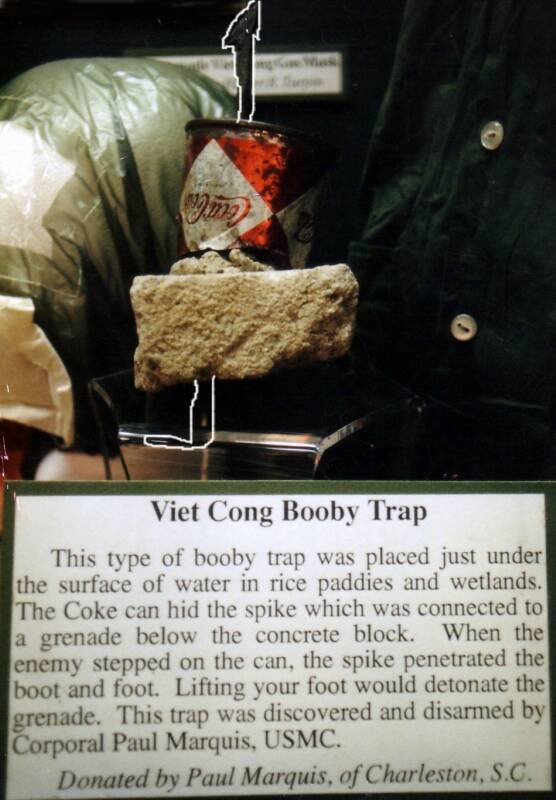
Photo Submitted by Roy Fleck
Illustration by Paul Marquis
Photo Submitted by Paul Marquis

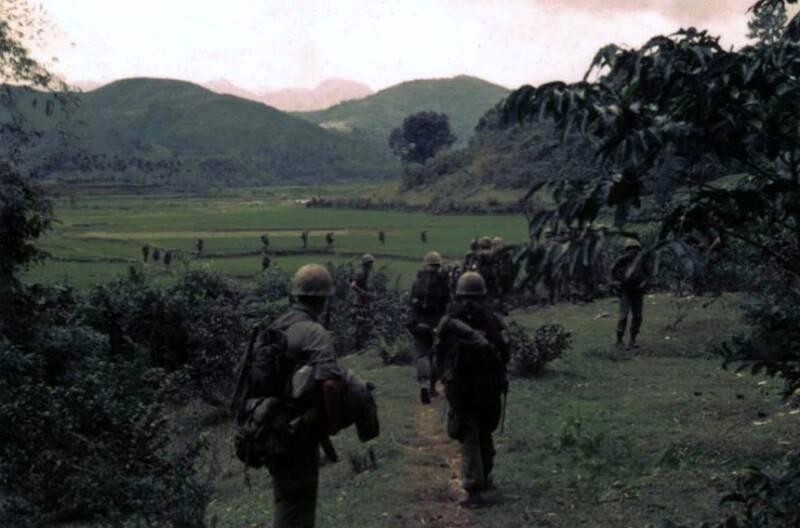
 | ||||||
Echo Company 2/3 at Mai Loc
MEET THE ENEMY
VIETNAM BOOBY TRAPS